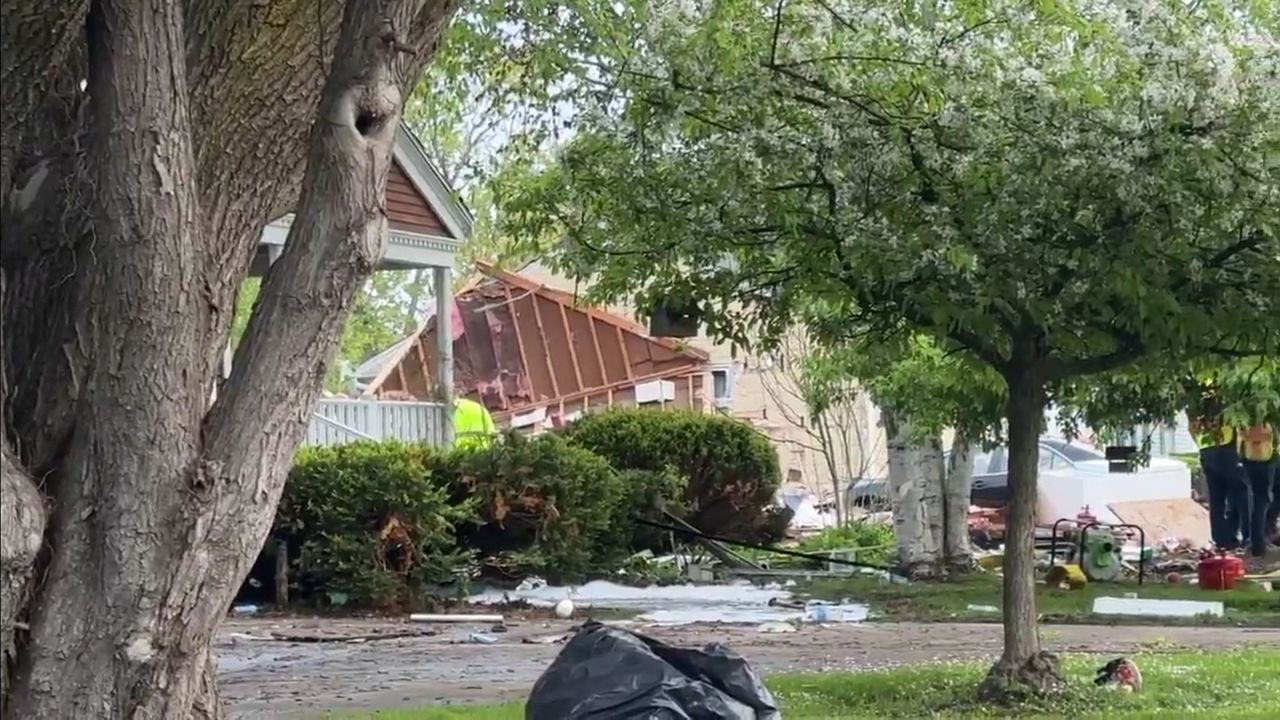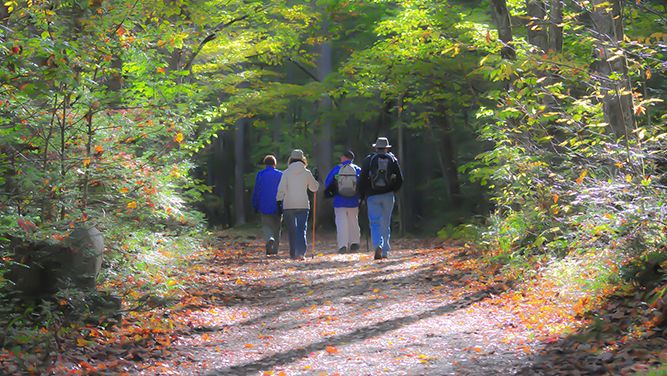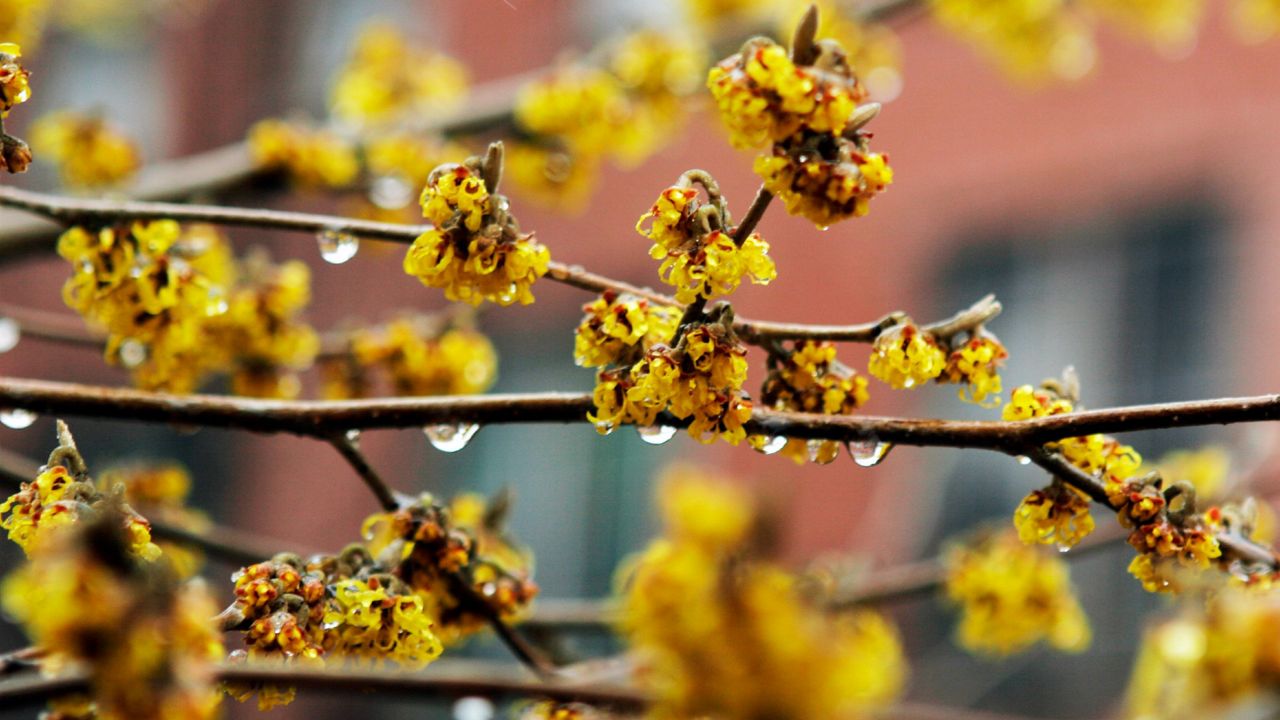HAMBURG, N.Y. — Each year, 22 million pounds of plastic wash into the Great Lakes, according to data from the Rochester Institute of Technology.
That plastic breaks down and enters the food chain, as well as the water 40 million people drink. Enter the following non-profit in Hamburg and a Buffalo-area artist.
Route 5 in Hamburg provides a scenic view of Lake Erie. Along the bustling roadway sits The Lake Erie Seaway Trail Center. That’s where we find artist Ellen Steinfeld.
“Plastics all started in when, the 50s,” Steinfeld said. “The results have been horrible to aquatic life and wildlife.”
So when she got the chance to spread another powerful message with her art, like the ones on the Roswell Park Comprehensive Cancer Center campus, she went for it.
“The name is Red Fish,” Steinfeld said. “Red captures people’s attention, red means danger, and red means love.”
This prototype for the Red Fish has grown beyond its one-inch scale model, and so has the message it shares along the shoreline.
“It was designed to have these cages going around it,” Steinfeld said. “It’s like the fish is jumping out the Great Lakes, Lake Erie, surrounded by plastic.”
According to the Rochester Institute of Technology, 10,000 metric tons of plastic enter the Great Lakes each year. Lake Erie sees 2,500 metric tons, and Lake Ontario sees 1,400 metric tons. Lake Michigan sees 5,000 metric tons, which to put into perspective is the equivalent of 100 Olympic-sized pools. Some of that does make its way here.
The cages are slowly being filled up by donations from a local recycling plant. But, people are also putting in their own plastic waste.
“We wanted it to illustrate the reality of plastics, the ugliness,” Francine Geyer, Lake Erie Friends of the Seaway Trail Center and project manager of the Red Fish said. “So, there is no rhyme or reason as to how they’re placed.”
And by chance, not design, weeds are poking through the cages, sending a symbolic message of how plastics affect habitat in and along the lake. Roughly 80% of litter found on the shoreline is plastic. Geyer says the items found locally by environmental groups are surprising.
“The most common things found on their clean beach sweeps are cigar tips,” Geyer said.
Education and art are just a couple of pieces to the puzzle. But, it also comes down to realizing the responsibility we hold as individuals.
“It is really important to think twice about what you are doing, as you are here,” Steinfeld said.
The Lake Erie Seaway Trail Center is 100 percent volunteer-run and open to the public. They offer public access to the lake, dogs are welcome as well. Red Fish is the initial installment of what they want to be a recycled art garden along the shoreline to raise awareness.










